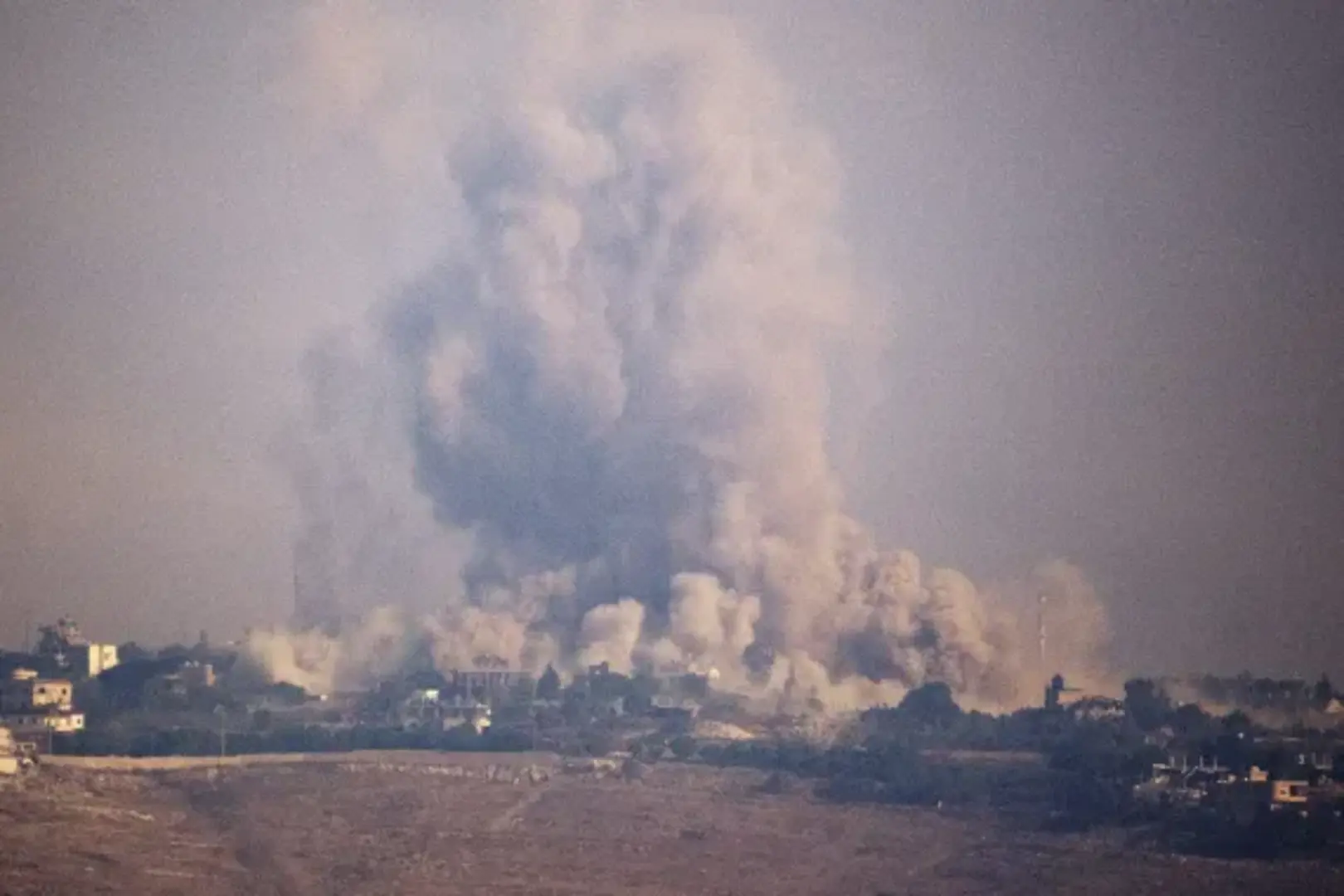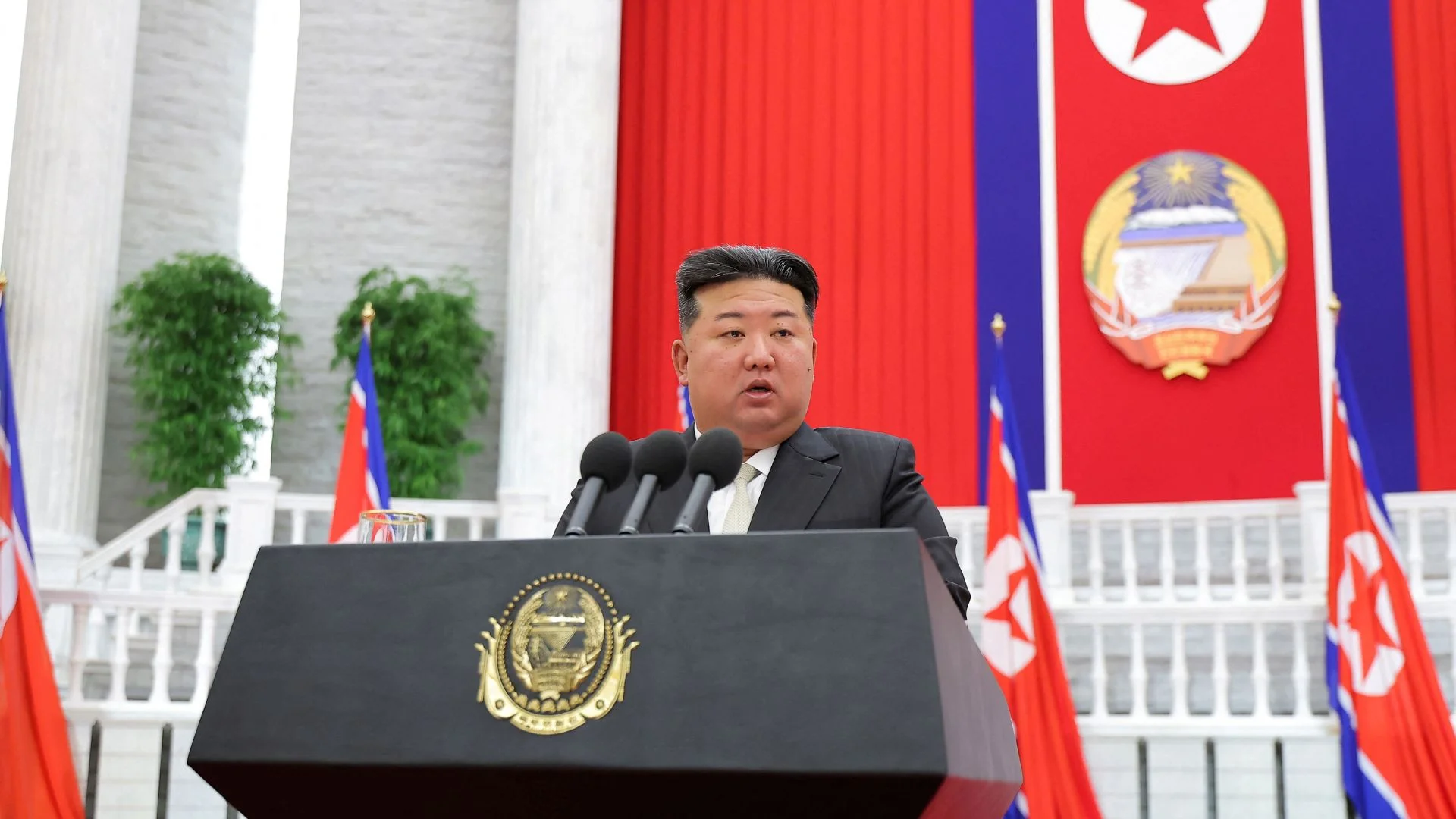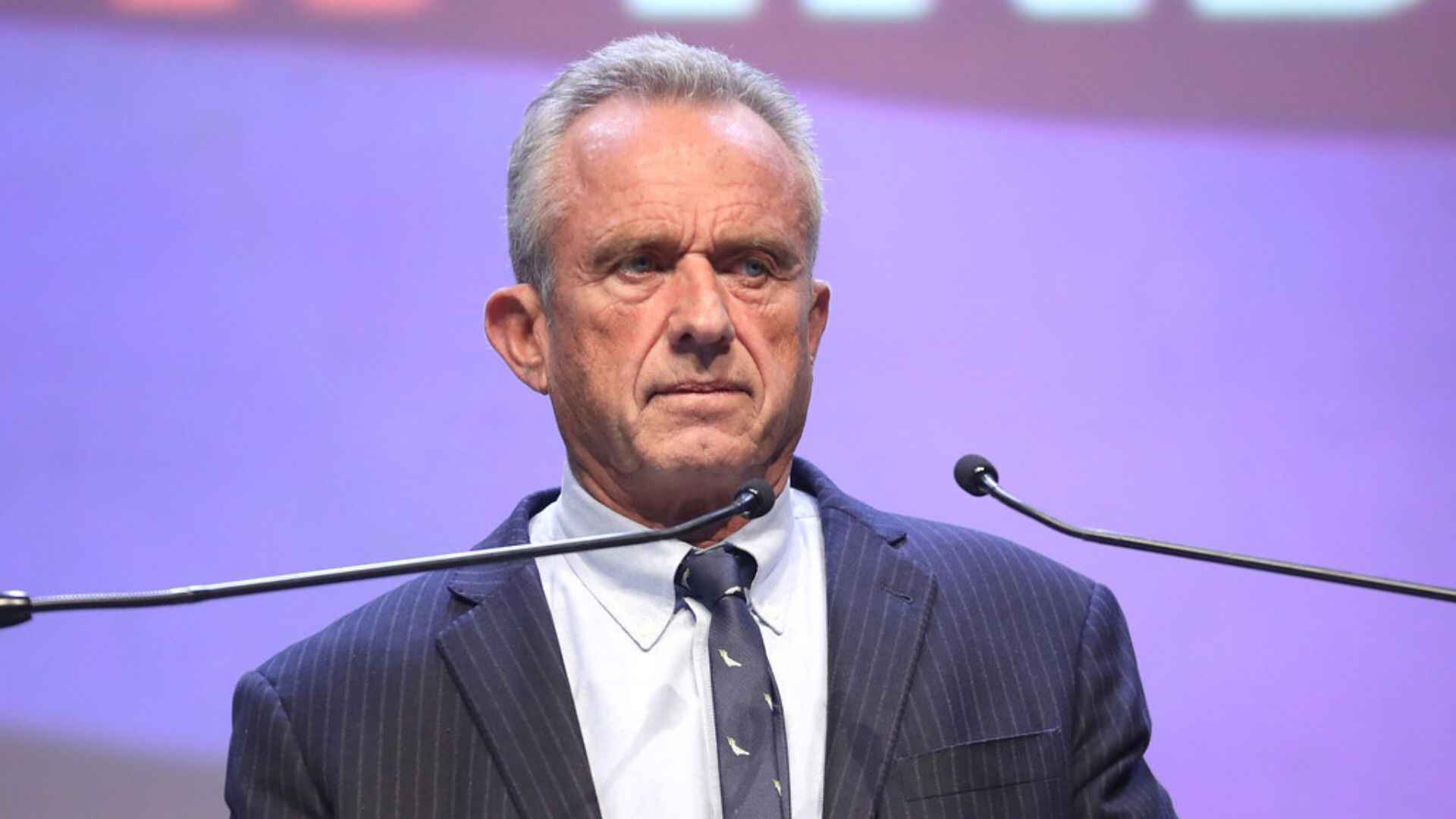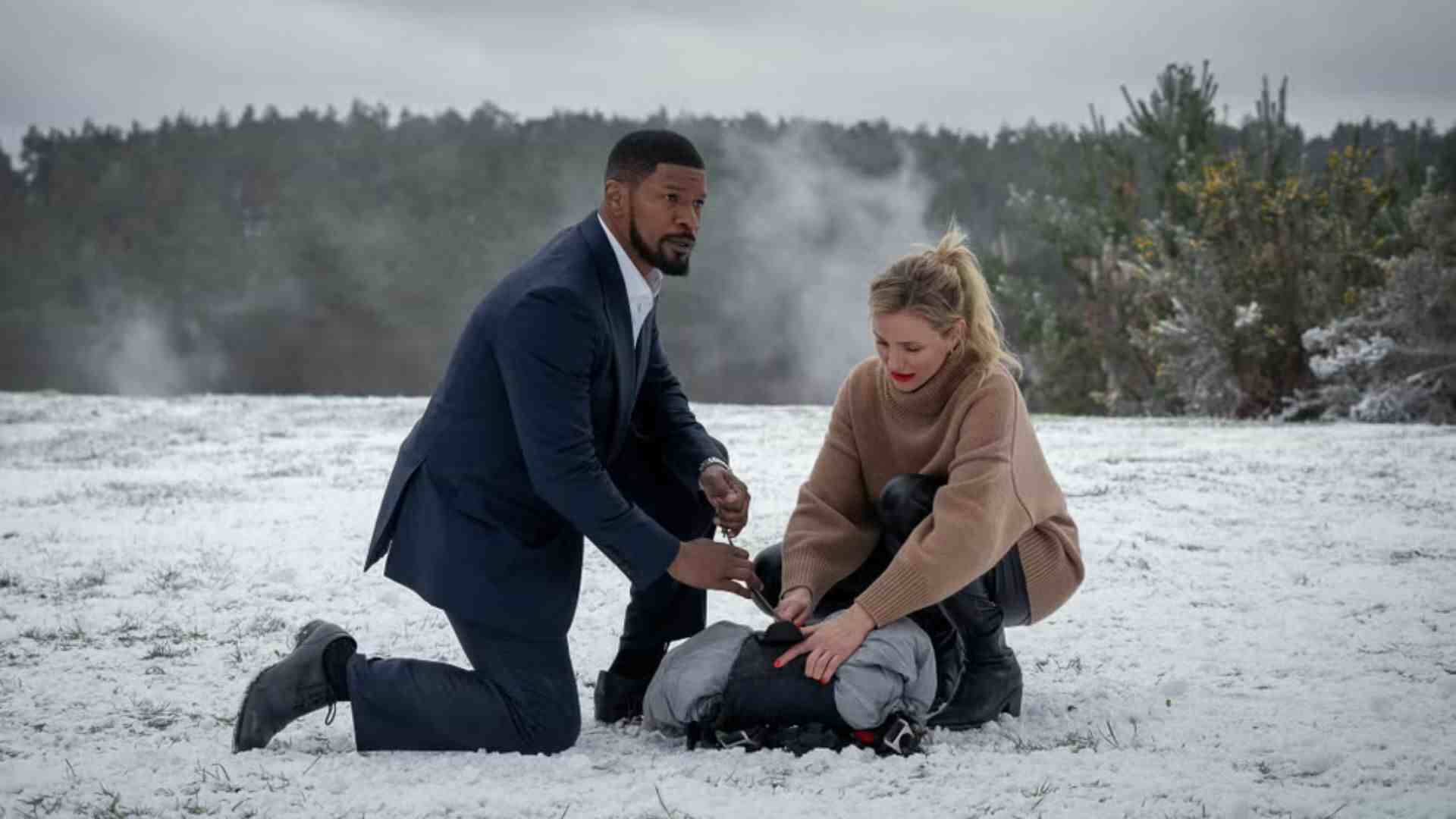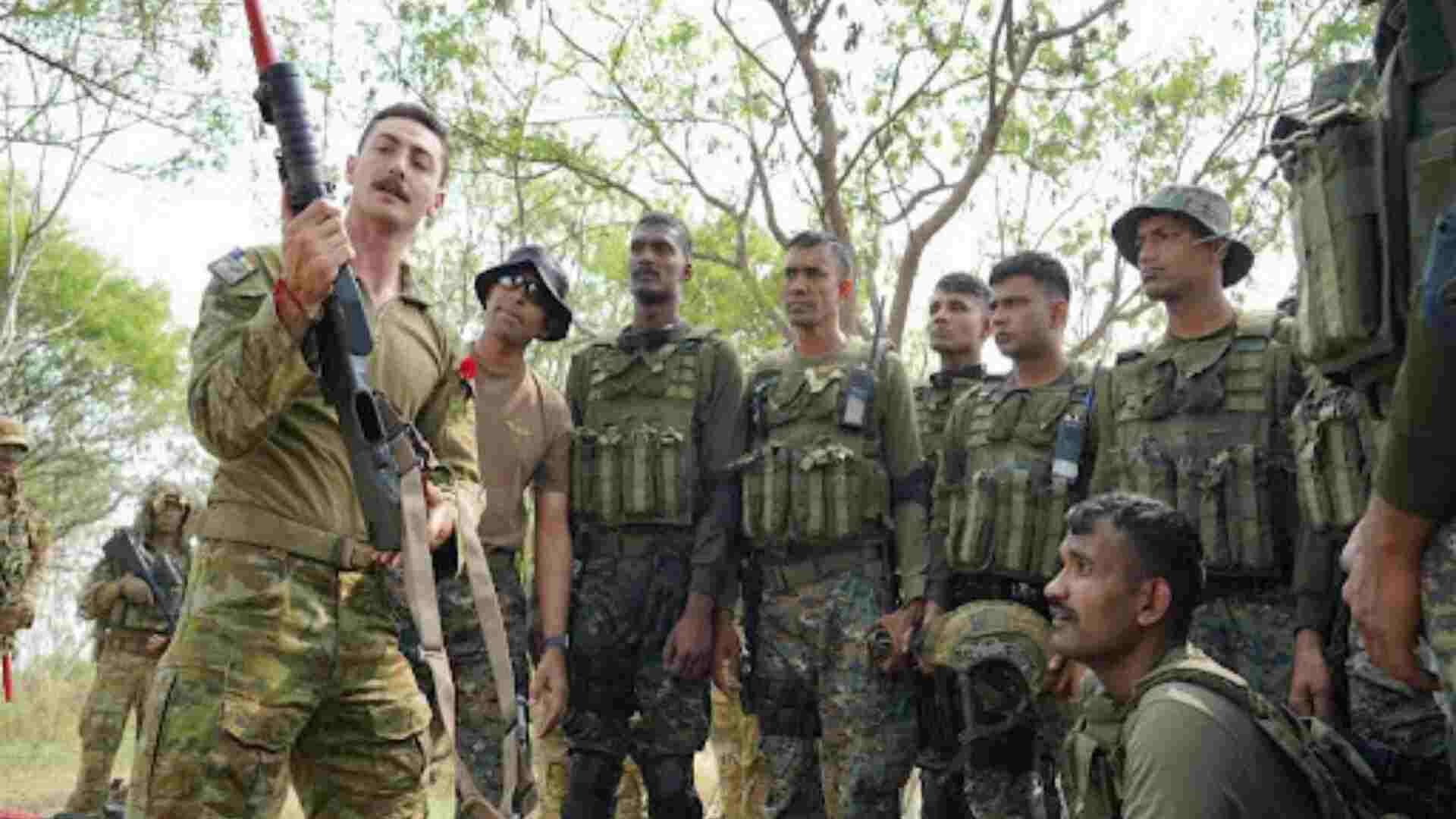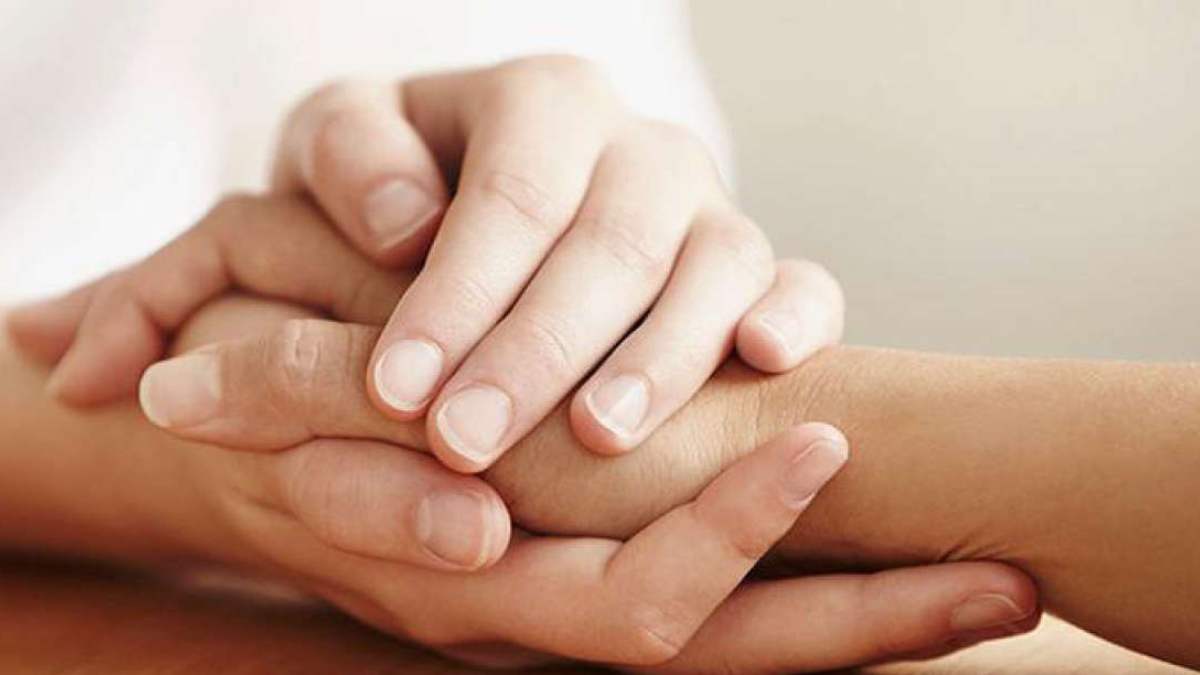
Forgiveness receives far less attention in Buddhism than it does in Christianity, where so much flows from the idea of God’s forgiveness of humans’ sins. The Buddha taught that the karmic con- sequences of wrongdoing— or doing good—are simply effects that arise from causes. Our actions lay down imprints in our stream of consciousness that form tendencies and have impacts beyond the immediately obvious. The chain of cause and effect may be as subtle and difficult to track as the currents from the butterfly wings that set off a tornado on the other side of the earth. Or the harm we cause may be obvious—and available to our remorse and efforts at correction. There is no judgment in the Christian sense, no divine retribution, only the workings of a natural law. Tradition and custom have laid down pathways: We confess harmful actions, express remorse, and ask for forgiveness of the teach- er or of enlightened beings. There is a ritual in the monastic community for deal-ing with transgressions that break vows, where the superior council acknowledges your remorse and may advise on a course correction. But there is oddly little emphasis on asking forgiveness of a person you have harmed, or offering forgiveness to someone who has harmed you.
There is one very well- known story from the Buddha’s life where forgiveness is a crucial theme, though hardly spelled out. Angulimala was an infamous highway brigand, a killer who set himself to the grisly task of collecting one finger from each of a thousand victims. He stole nothing else from them, but strung the severed fingers into a necklace that he wore around his neck. By the time he crossed paths with the Buddha, he had already taken 999 lives, compelled whole villages to be abandoned in fear, and caused untold suffering. Instead of becoming the thousandth victim, the Buddha invited him- fearlessly, calmly, and without anger— to stop killing and terrorising, and to become a monk. Instead of turning Angulimala in to the authorities, the Buddha ordained him, to the community’s extreme consternation. When he joined the monks on begging rounds and people recognised him and stoned him, his only reaction was to ask for forgiveness. And, to the surprise of his fellow monks, his enlightenment came swiftly.
The Buddha saw the particular efficacy of a solution that sheltered the criminal within the community rather than ostracising him, however shocking that seemed both to the families of his victims and to the other monks. And no doubt the Buddha also saw that the other monks had something to learn from the situation. Of course, the gesture could have failed. The story would be remembered differently if, after being ordained, Angulimala had chopped off a fellow monk’s finger. There was something about the Buddha’s fearless acceptance, his unflinching forgiveness, that created an opportunity for a villain to recall his better self and begin a transformation. It’s not that Angulimala’s change was instantaneous and miraculous. The story makes no claim that a miracle was involved, beyond the strangely unbounded nature of human potential.
As a civic society today, we lack the gestures and the vocabulary, institutionally and otherwise, to offer forgiveness and invite the transformation that it enables. We may take pride in standing up against capital punishment, but we don’t have the courage to embrace and accept convicted criminals as individuals and honour their potential as human beings. We may warm to a story of redemption when Hollywood has processed it for us, but we haven’t designed our penal system with redemption as a possibility, let alone a goal. For want of a practical map that centres the restoration of human dignity, we have abdicated our own role in constituting the community that could provide a healing environment. The result is the profit-driven gulag that is mass incarceration in the United States today.
There is a practical role for forgiveness in the criminal justice system, not just from individuals but from society as a whole. Europe has begun to explore methods of restorative justice that turn away from punitive vengeance and give priority instead to a victim’s restitution and a criminal’s rehabilitation.
The criminal remains first and foremost a human being, and a measure of success is when that human being is assimilated back into society as a normal citizen. In the United States, a felon is branded for life, shutting the door to many opportunities that would support rehabilitation. It’s a twisted, vengeful form of justice for a nation that claims “in God we trust.” It’s particularly hellish for many whom the legal system has failed with wrongful convictions that destroy innocent lives. When a society tries to rebuild itself after suffering trauma on a national scale, like South Africa and others that have worked with truth and reconciliation processes after the anguish of a civil war or a revolution, there is a need for legal frameworks that include forgiveness on an institutional as well as an individual level. It would be well for the United States to acknowledge its own traumatic history of slavery and genocide, and con- sider the need for a process that makes forgiveness and healing possible. Amnesty should not be just a rubber stamp that allows someone who plays by the rules to get off scot-free. It should instead offer a path for an individual who has done harm to become a better human being.
In a complex human environment, asking and giving forgiveness are essential behavioural tools that can move beyond shame and remorse to enable healing. Forgiveness seems a natural complement to the core Buddhist practices that cultivate compassion and loving-kindness. When we practice extending com- passion equally in all directions—to those we love, to those we feel neutral to- ward, and to those we perceive as our enemies—forgiveness is a missing link in the exercise. In practical terms, we need to forgive those who have harmed us or who seem hateful to us before we can genuinely feel compassion or loving- kindness toward them. In the absence of forgiveness, generating goodwill to- ward those from whom we instinctively recoil remains a brittle, cerebral game, or else a transactional calculation of return. The purpose of such practices is not just a flexing of the heart muscles that will make compassion and loving-kindness arise more spontaneously, but also a levelling of our natural biases.
Excerpts from Tenzin Priyadarshi’s book ‘Running Towards Mystery’ (Penguin).
